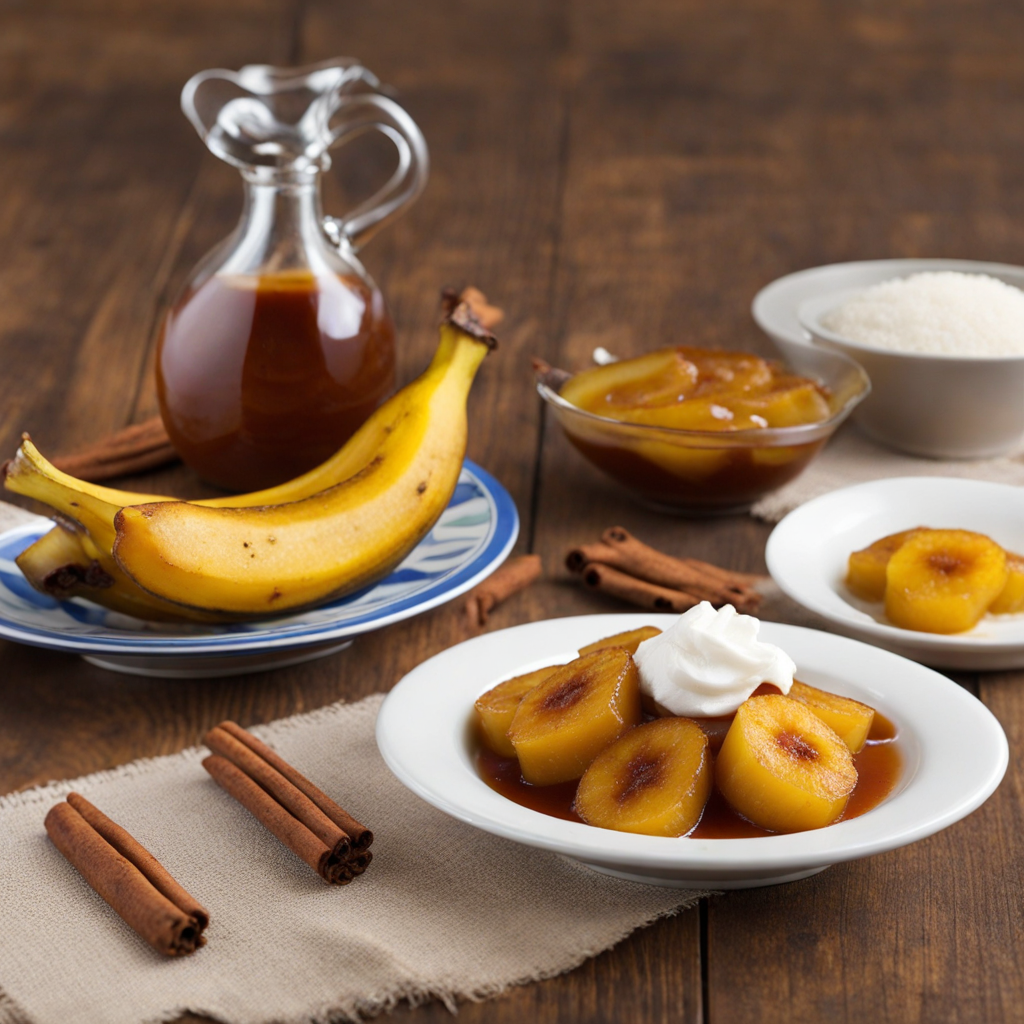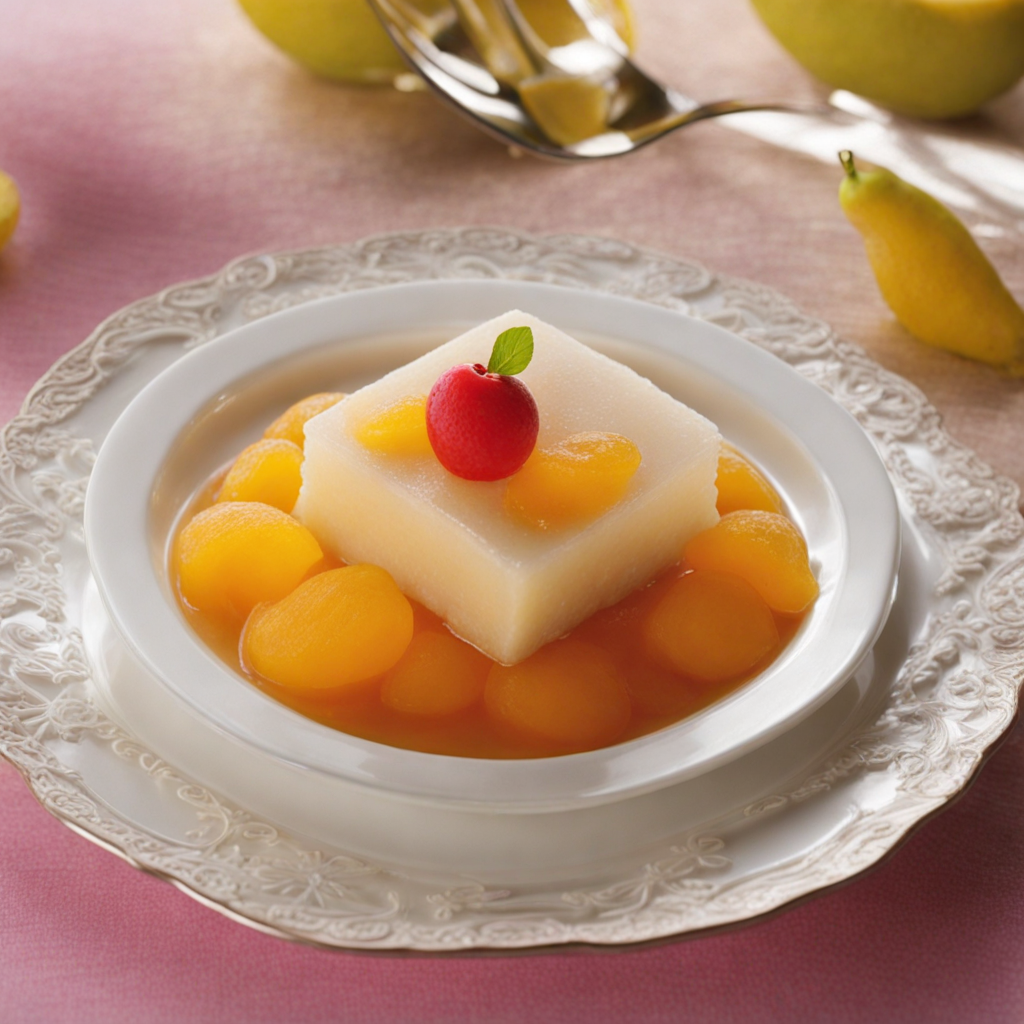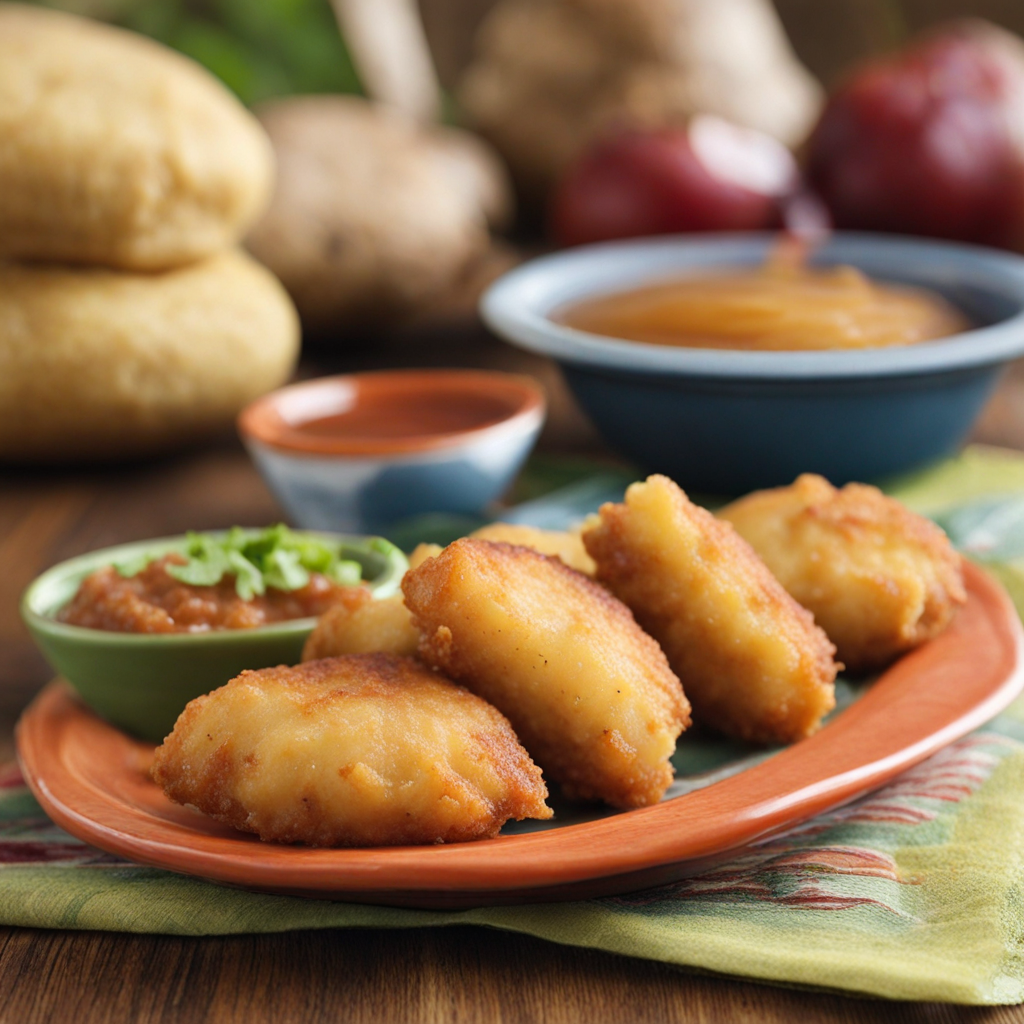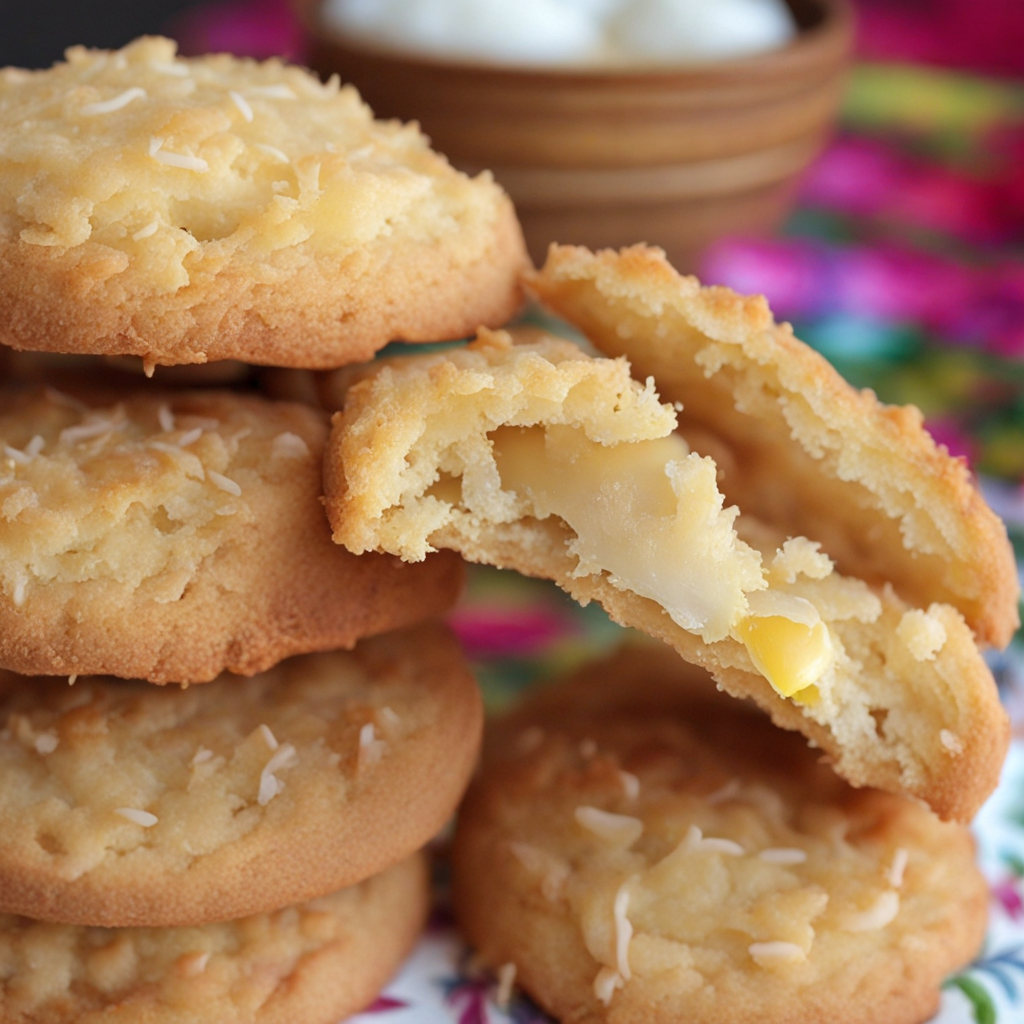Hoja de Dracena
Tamal de Olla is a traditional Panamanian dish that reflects the rich culinary heritage of the country. Often regarded as a comfort food, it is a versatile dish that combines the flavors of corn with a variety of meats and vegetables, resulting in a hearty and satisfying meal. The name "Tamal de Olla" literally translates to "pot tamale," distinguishing it from the more commonly known tamales that are wrapped in corn husks and steamed. This dish is typically prepared in a pot, which gives it its unique texture and presentation. The origins of Tamal de Olla can be traced back to indigenous cultures in Central America, where corn was a staple ingredient. Over the centuries, the dish has evolved and absorbed influences from Spanish colonization, African culinary traditions, and the diverse cultures present in Panama. As a result, Tamal de Olla has become a symbol of national pride, often served during festive occasions, family gatherings, and community celebrations. It embodies the spirit of Panamanian hospitality and the importance of sharing food with loved ones. The flavor profile of Tamal de Olla is rich and comforting, with a balance of savory and slightly sweet notes. The base of the dish is made from masa, a dough prepared from fresh corn that is ground and combined with water, giving it a moist and tender consistency. The addition of ingredients such as chicken, pork, or beef enhances the savory aspect, while the inclusion of vegetables like bell peppers, carrots, and peas adds
How It Became This Dish
The Rich History of Tamal de Olla: A Culinary Gem from Panama Nestled in the heart of Central America, Panama boasts a culinary heritage that reflects its diverse culture and history. Among the many traditional dishes, Tamal de Olla stands out as a beloved staple, embodying the flavors and traditions of Panamanian cuisine. This dish, a unique take on the classic tamale, is not only a treat for the palate but also a reflection of the country's rich cultural tapestry. #### Origins of Tamal de Olla The origins of Tamal de Olla can be traced back to the indigenous peoples of Panama, who have cultivated corn for thousands of years. Corn, or maize, is a sacred crop in many Mesoamerican cultures and holds significant historical and cultural importance throughout the region. In Panama, indigenous groups such as the Ngäbe-Buglé, Kuna, and Emberá incorporated corn into their diets, using it to create various traditional dishes. The word "tamal" itself comes from the Nahuatl word *tamalli*, which means “wrapped.” Traditionally, tamales consist of masa (corn dough) filled with various ingredients, wrapped in corn husks or banana leaves, and steamed. However, in Panama, the concept of the tamal was adapted into a dish cooked in a pot—hence the name "Tamal de Olla," which translates to "tamale from the pot." The evolution of Tamal de Olla also reflects the influences of Spanish colonization in the 16th century, during which time many indigenous foods and cooking methods were blended with European techniques and ingredients. This fusion gave rise to a dish that embodies both indigenous and colonial flavors, further enriched by African and Caribbean influences brought by enslaved peoples and immigrants. #### Cultural Significance Tamal de Olla is more than just a dish; it is a symbol of community, family, and tradition in Panamanian culture. It is often prepared for special occasions—festivals, holidays, and family gatherings—serving as a centerpiece of celebration. The act of cooking Tamal de Olla is communal, involving family members and friends who come together to prepare the ingredients and share stories, laughter, and food. In Panama, Tamal de Olla is often served during Carnaval, a pre-Lenten festival that sees colorful parades, music, and dance. It is a time of revelry, and the dish provides sustenance for those participating in the festivities. Additionally, it is popular during Christmas celebrations, where families enjoy it alongside other traditional foods, symbolizing unity and the joy of sharing. The dish also serves as a culinary marker of Panamanian identity. As Panama is home to diverse ethnic groups, including mestizos, Afro-Panamanians, and indigenous communities, Tamal de Olla reflects the country's multiculturalism. Each community may have its own variations, incorporating local ingredients and personal touches, thus celebrating their unique heritage while simultaneously creating a shared national dish. #### Ingredients and Preparation Tamal de Olla is characterized by its straightforward yet flavorful ingredients, which typically include masa (corn dough), broth, and various fillings. The base masa is made from ground corn, which is mixed with chicken or vegetable broth to create a moist and flavorful dough. The addition of spices, such as cumin and achiote, imbues the dish with warmth and depth. The fillings can vary widely, showcasing the versatility of the dish. Common ingredients include chunks of chicken, pork, or vegetables like bell peppers and carrots. Some recipes even incorporate olives, capers, or hard-boiled eggs, adding layers of flavor and texture. Once the masa and fillings are prepared, they are combined and poured into a pot, often layered with banana leaves or parchment paper to help retain moisture during cooking. Cooking Tamal de Olla is a slow process, requiring patience and care. The dish is typically simmered over low heat for several hours, allowing the flavors to meld together beautifully. The result is a hearty, comforting meal that can be served on its own or accompanied by a side of salsa or pickled vegetables. #### Evolution and Modern Adaptations As Panama has undergone social and economic changes, so too has Tamal de Olla evolved. In contemporary times, the dish has found its way into urban culinary scenes, where chefs and home cooks alike experiment with new flavors and presentations. While traditional recipes remain cherished, innovative variations have emerged, incorporating modern cooking techniques and ingredients. For instance, some contemporary chefs may use gourmet ingredients like truffles or artisanal cheeses, reinterpreting the dish for a new audience. Others have embraced the farm-to-table movement, sourcing locally grown produce and organic meats to create a more sustainable version of Tamal de Olla. This modern approach not only keeps the spirit of the dish alive but also introduces it to a wider audience, promoting Panamanian cuisine on the global stage. Moreover, the rise of social media has played a significant role in the resurgence of interest in traditional foods like Tamal de Olla. Food bloggers and influencers share their interpretations of the dish, showcasing its preparation process and cultural significance, thus educating a new generation about this culinary treasure. #### Conclusion Tamal de Olla is more than just a delicious meal; it is a reflection of Panama’s rich history, cultural diversity, and communal spirit. From its indigenous roots to its modern adaptations, this dish has woven itself into the fabric of Panamanian life, representing the resilience and creativity of its people. As traditions continue to evolve, Tamal de Olla remains a beloved symbol of identity, unity, and celebration, ensuring that its place in Panamanian kitchens—and hearts—endures for generations to come. Whether enjoyed during a festive occasion or a simple family gathering, Tamal de Olla is a testament to the enduring power of food as a connector of people, cultures, and histories.
You may like
Discover local flavors from Panama







